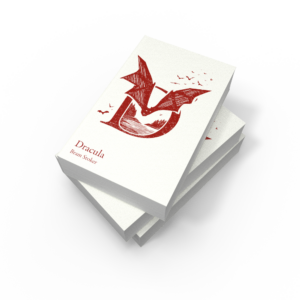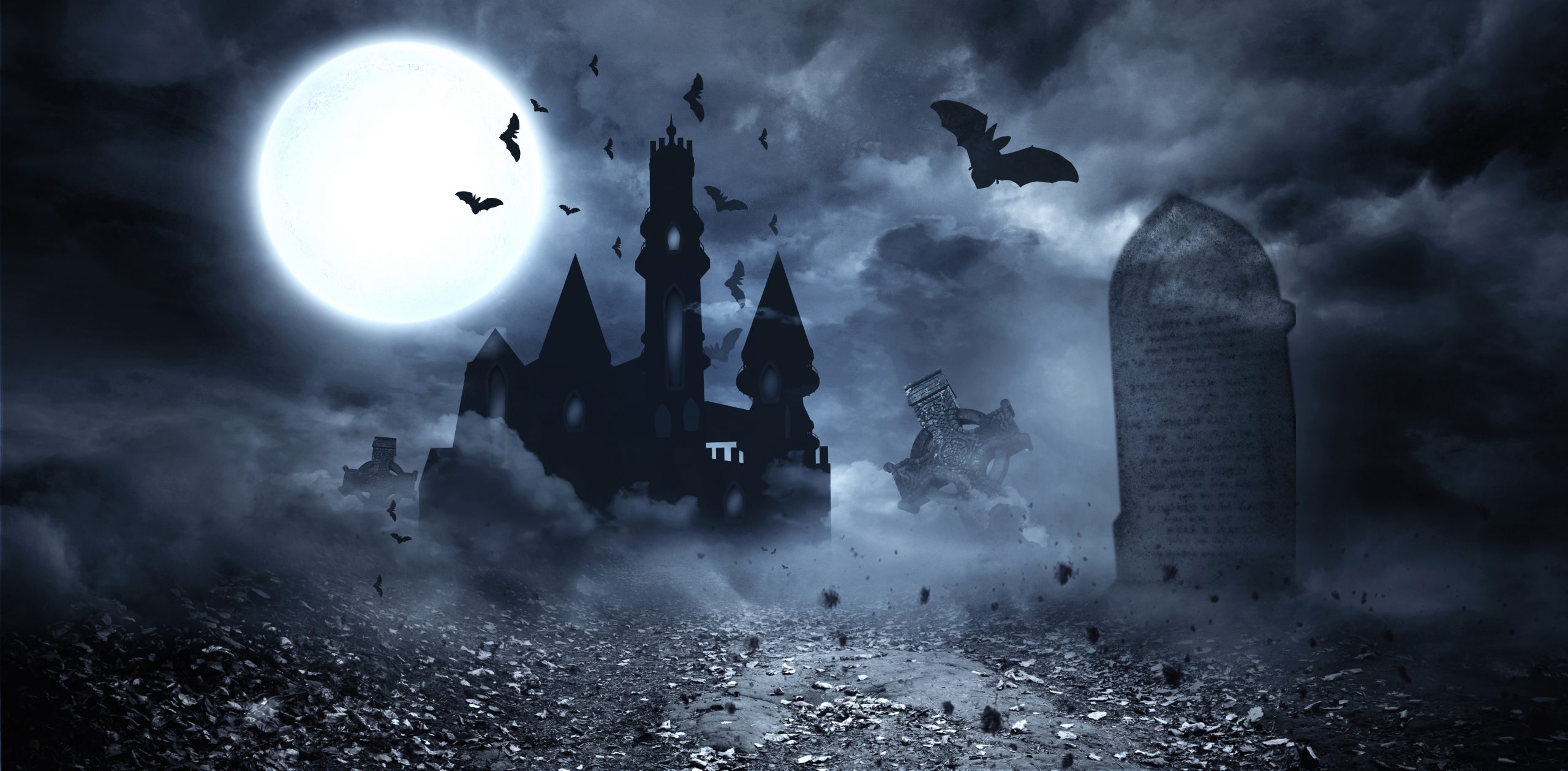Gothic literary texts can take so many different forms, but they share a preoccupation with the crossing of boundaries: between life and death, the past and the present, ancient and modern, good and evil or more generally, between what is real and unreal. Gothic writers take their readers, then, across a threshold into an uncertain world beyond the natural order of things: into the weird realm of the ‘supernatural.’
And, to this day, Bram Stoker’s 1897 novel Dracula remains ‘the very weirdest of weird tales’ (Punch Magazine, 1897), not least because it is a novel in which its main characters – among them a lawyer, a scientist, a doctor, a professor and an infinitely pragmatic young woman – are forced to accept not just the existence, but the sheer power, of the supernatural.
Yet 21st century newcomers to this classic Gothic text, exposed to an endless escalation of violence and terror in films and to infinite vampire-spin offs, may find it hard to recognise the sophistication and subtlety of Stoker’s art. Dracula is, to date, the most frequently portrayed (non-human) literary character in films; new readers, then, may think they know all they need to know about the novel. So, it is therefore a challenge for teachers to guide their students to an understanding and appreciation of Stoker’s Dracula – its language, structure and plot – rather than the Dracula of popular culture.
Here are some activities and discussion points to set for your A-level students as they consider Dracula as an example of the Gothic genre and to help them explore Stoker’s treatment of the supernatural.
-
Genre conventions
As a pre-reading task, ask your students to consider the following elements of the Gothic genre. Can they provide examples from their own wider Gothic reading (or viewing) of some, or all, of these elements? Are there any other elements which they consider essential for a text or a film to be considered Gothic?
| Supernatural characters (e.g. ghosts, spectres, monsters) | Crossed boundaries | Hidden secrets | Religion | Unresolved conflicts |
| Superstition | Ancient or seemingly ancient setting(s) | Unconscious desires | Hauntings | Threat or menace |
| Dreams and nightmares | Imprisonment and escape | Powerful or power-hungry characters | Victims (often female) | Violence or the fear of violence |
After students have read Dracula ask them to complete the same task with examples from the text. They can also use these headings to collect and organise quotes from the novel. Are there other elements in Dracula that do not feature in this list? What are they? What is their effect?
-
Making the unreal real: a focus on structure
The structure of Stoker’s novel is innovative in that the story is told using many different types of text. Ask students to consider what the effects are on the reader of using these different types of text, with different points of view, rather than a single first-person, or omniscient narrative?
Next, ask students to identify as many different text forms as they can in the novel. You can use some or all of the list below to help them. Ask them to list examples within each category. As an extension task you could ask students to consider the language and style of each of these text types. Can they select relevant quotes and annotate for language or literary features as in the worked example below?
Text types
- Personal journal/ diary
- Personal Letter
- Business/legal letter
- Newspaper article
- Ship’s ‘log’
- Telegram
- Medical report
Example annotation:
Telegram, Seward, London, to Van Helsing, Amsterdam
‘5 September. – Patient greatly improved. Good appetite; sleeps naturally; good spirits; colour coming back.’
Note the use of proper nouns and incomplete sentences. Also, the use of medical lexis makes the telegram realistic. This makes the description of the ‘supernatural’ possession of Lucy Westerna appear factual.
-
Close reading – language focus
In Chapter 3, Jonathan Harker describes his terrifying encounter with the three female supernatural creatures or vampires during his time in Dracula’s castle. The contrast between fear and desire is a recurrent feature in Gothic fiction and often these two contradictory emotions are present in characters at the same time.
- Ask students to re-read the passage in Chapter 3 from ‘I was not alone.’ to ‘Then the horror overcame me and I sank down unconscious.’
- Note examples from the text which indicate Jonathan’s fear and horror of the women and what they might do to him.
- Note other examples which indicate their sexual allure and Jonathan’s possible desire for them.
- What does the Count use to finally lure the women away from Jonathan? Why is the detail of this distraction not fully described? Are there any other parts of the novel where characters express these contradictory emotions in their encounters with supernatural forces? (Teacher prompts could include: Renfield and his descriptions of Dracula, or encounters with Lucy Westerna as a vampire).
-
Discussion Points
It is important that students consider the context of any text and how the novel may have been read by its first, late Victorian readers.
Students might consider to what extent we can read Stoker’s Gothic novel Dracula as an exploration of the anxieties and concerns of the late nineteenth century?
Points which students can independently research and discuss could include:
- The changing role of women and the rise of the New Woman
- Sexuality – and increasing sexual freedoms for both women and men
- Doubts about the power of science – and about ‘degeneration’ (a process of evolutionary decay rather than improvement)
- Fear of other races and cultures and of the collapse of the British Empire
 By Maria Cairney, writer and sixth form English teacher. Maria has written introductions to Collins Classroom Classics editions of Dracula, Hard Times, The War of the Worlds, King Lear, Much Ado About Nothing, Great Expectations and Wuthering Heights.
By Maria Cairney, writer and sixth form English teacher. Maria has written introductions to Collins Classroom Classics editions of Dracula, Hard Times, The War of the Worlds, King Lear, Much Ado About Nothing, Great Expectations and Wuthering Heights.
Collins Classroom Classics are KS3, GCSE and A-level set texts and plays that are perfectly pitched for students.
View the full range, including Bram Stoker’s Dracula for A-level students.
Read our teaching tips for other Collins Classroom Classics set texts:
- Tips for digging deeper into George Orwell’s Animal Farm
- Top tips for exploring Hamlet’s key themes
- Considering Macbeth’s Soliloquies



